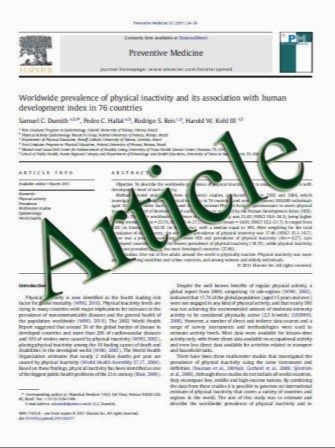Opposing effects of monomeric and pentameric C-reactive protein on endothelial progenitor cells
- نوع فایل : کتاب
- زبان : انگلیسی
- مؤلف : I. Ahrens H. Domeij S. U. Eisenhardt D. Topcic M. Albrecht E. Leitner K. Viitaniemi J. B. Jowett M. Lappas C. Bode I. Haviv K. P
- چاپ و سال / کشور: 2011
Description
C-reactive protein (CRP) has been linked to the pathogenesis of atherosclerosis. The dissociation of native, pentameric (p)CRP to monomeric (m)CRP on the cell membrane of activated platelets has recently been demonstrated. The dissociation of pCRP tomCRPmay explain local pro-inflammatory reactions at the site of developing atherosclerotic plaques. As a biomarker, pCRP predicts cardiovascular adverse events and so do reduced levels and function of circulating endothelial progenitor cells (EPCs). We hypothesised that mCRP and pCRP exert a differential effect on EPC function and differentiation. EPCs were treated with mCRP or pCRP for 72 h, respectively. Phenotypical characterisation was done by flow cytometry and immunofluorescence microscopy, while the effect of mCRP and pCRP on gene expression was examined by whole-genome gene expression analysis. The functional capacity of EPCs was determined by colony forming unit (CFU) assay and endothelial tube formation assay. Double staining for acetylated LDL and ulex lectin significantly decreased in cells treated with pCRP. The length of tubuli in a matrigel assay with HUVECs decreased significantly in response to pCRP, but not to mCRP. The number of CFUs increased after pCRP treatment. RNA expression profiling demonstrated that mCRPand pCRP cause highly contradictory gene regulation. Interferon-responsive genes (IFI44L, IFI44, IFI27, IFI 6, MX1,OAS2)were among the highly up-regulated genes after mCRP, but not after pCRP treatment. In conclusion, EPC phenotype, genotype and function were differentially affected by mCRP and pCRP, strongly arguing for differential roles of these two CRP conformations. The up-regulation of interferon-inducible genes in response to mCRP may constitute a mechanism for the local regulation of EPC function.
Basic Res Cardiol (2011) 106:879–895 Received: 21 September 2010 / Revised: 12 April 2011 / Accepted: 29 April 2011 / Published online: 12 May 2011


